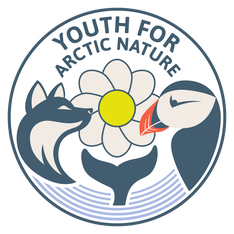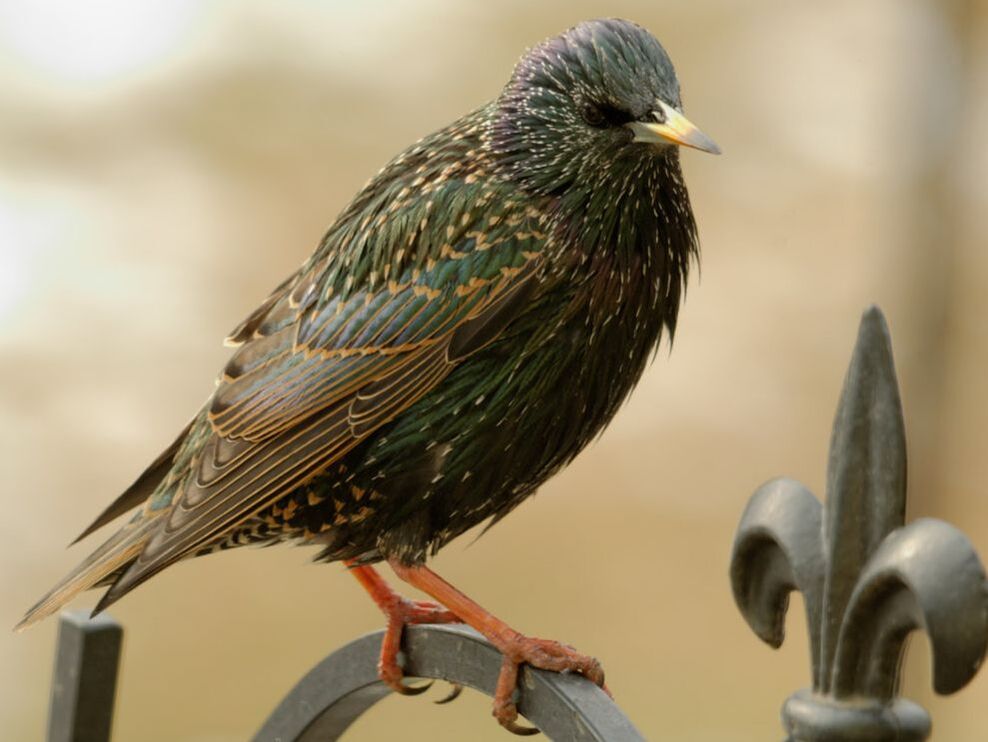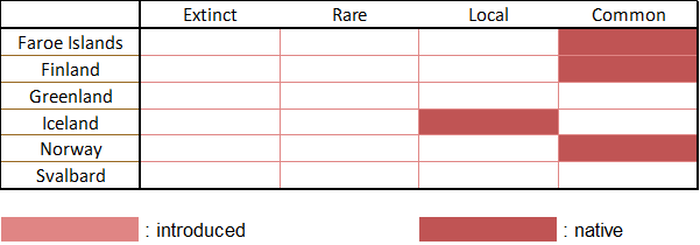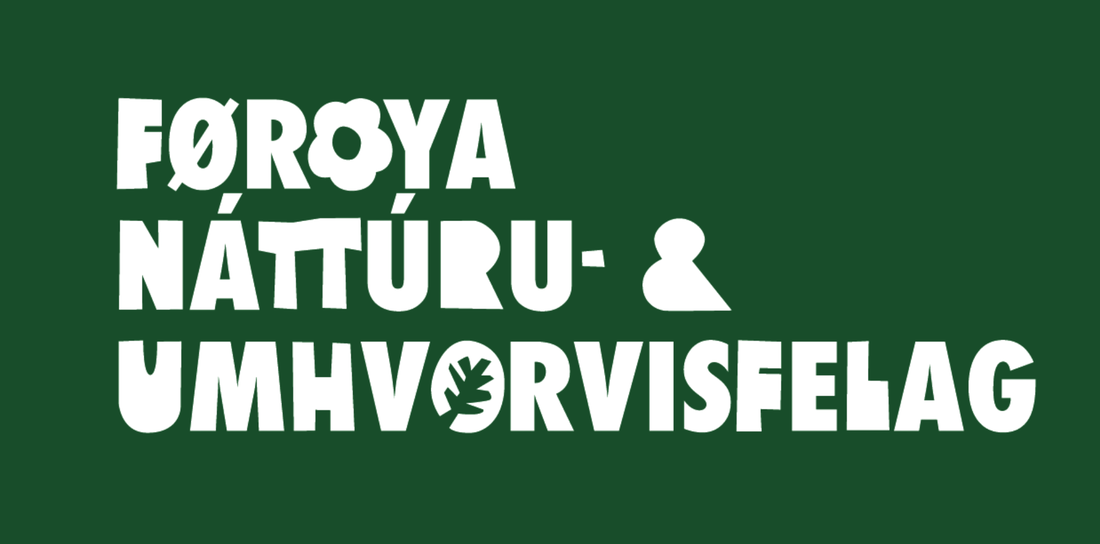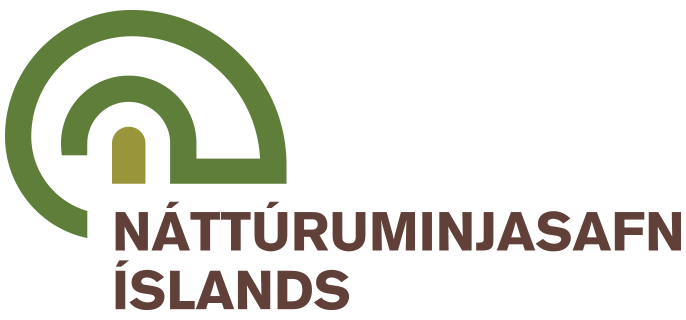|
Vulnerability: least concern (population decreasing) Invasive: yes Identification: easy Monitoring: easy |
|
What is it? The European Starling is a medium-sized bird, with lengths between 19 and 23 centimeters for wingspans between 31 and 44 centimeters and weights between 58 and 101 gram. From far away, it can look black, but its plumage is actually a glossy with green and purples, and speckled with white. The endemic Faroese subspecies is slightly larger than the nominate subspecies, and is duller with less spotting. |
|
Where is it? This species is a European and western Asia native, with native resident range from France to northern India, including southern and western Fennoscandia. It is a native migrating bird from the rest of Fennoscandia to northern Mongolia, wintering from northern Africa to India. However, outside of this native range, the European Starling has been introduced to multiple continents and regions including Iceland, North America, South Africa, South America, Australia, and New Zealand. Throughout these regions, it has proven to be a very adaptable bird that has spread through these regions, even becoming invasive in some cases.
|
|
Interesting facts |
- Starlings are highly adaptable, and they can live in many habitats. They are aggressive towards other species, highly gregarious, and omnivorous. All of these characteristics explain why they can be so invasive.
- The reason why starlings were introduced to most of the areas described is because they are very effective as a way to control certain insect populations, and thus can have beneficial roles in their native habitats. However, because of inter-species competition, they also contribute to the decline of many endemic species in the regions where they have been introduced. They is also negatively impacting crops and local agriculture.
Pictures
- "European Starling" by this is for the birds is licensed under CC BY-NC-ND 2.0
- "European Starling" by Allan Hack is licensed under CC BY-ND 2.0
References
- BirdLife International (2022) Species factsheet: Sturnus vulgaris. Downloaded from http://www.birdlife.org on 25/01/2022.
- Feare, Chris; Craig, Adrian (1998). Starlings and Mynas. London: Christopher Helm. ISBN 0-7136-3961-X.
